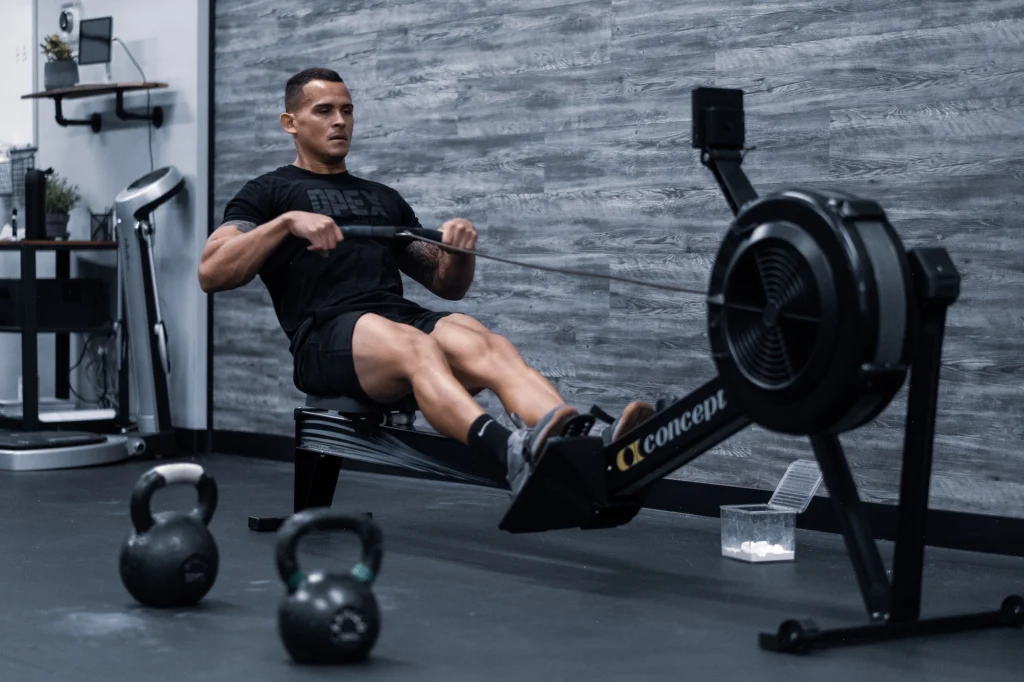Coaches Corner With Carl Hardwick: Wearable Tech – Use It To Lose It

Whether it’s tracking sleep, steps, heart rate or HRV, the ultimate goal of leveraging fitness wearables should be to eventually break up with them
I’ve tested numerous wearables and have had both positive and negative experiences with them. While wearable technology can be a valuable tool for coaches, it’s important to strike a balance and use it in a way that benefits our clients without hindering their ability to self-regulate. In this article, we’ll discuss the benefits and drawbacks of wearable technology, including step counting, sleep tracking, heart rate monitoring and heart rate variability (HRV) tracking.
Counting steps
While it can be a helpful way to build movement into daily habits, coaches need to consider the intended outcome. Getting our clients outside and walking in the sun has a ton of positive outcomes—we can improve vitamin D levels, move lymph to decrease inflammation, improve digestion, better align circadian rhythm, and it can be a solid mood-boosting activity. While prescribing a minimum number of steps per day can be a useful jumping off point, the ultimate goal is to teach clients how to self-regulate so they no longer need to track their steps daily.
Tracking sleep
Sleep tracking technology has also become very popular over the past decade or so. It can help clients prioritize sleep and improve sleep quality, but coaches need to be careful not to increase stress around sleep. Use sleep tracking data to identify behaviors that may negatively impact sleep and to prescribe strategies to improve sleep quality. Again, the ultimate goal is to teach clients how to regulate their sleep without relying on tracking devices.
Monitoring heart rate
Heart rate monitoring is also useful in measuring cardiovascular efficiency. Coaches can use heart rate zones to help clients objectively measure effort during exercise sessions. However, keep in mind that heart rate changes depending on the activity being performed (e.g. rowing vs running vs burpees) and heart rate monitors are notorious for being very inaccurate. Use heart rate monitoring to teach clients how to self-regulate pacing and effort, rather than relying on the device, and be careful about building your entire fitness routine around heart rate zones.

Heart Rate Variability (HRV)
Finally, HRV tracking can be a powerful tool for identifying positive and negative lifestyle behaviors. HRV measures the variance in time between the beats of the heart and can indicate poor recovery or readiness if there is low variability. A lot of wearables use a proprietary algorithm to throw out an often inaccurate recovery score. A lot of people don’t know what this actually means and it leaves them dumbfounded when they have low recovery scores but feel awesome or vice versa. This is the definition of screwing up one’s ability to self regulate. You can use HRV tracking to identify behaviors that negatively impact HRV and prescribe strategies to improve HRV, but be sure to educate your clients on what these outputs mean and what can impact these scores. Emphasize that these scores should not to run their lives and use them for what they are—a daily objective measure to track trends.
Coaches should carefully weigh the pros and cons of wearable technology and use it in a way that benefits both the coach and the client. I believe we should always strive to move closer to self-regulation as we gain experience in fitness. We should always have a clear intention of why we are using wearables, a starting point or baseline assessment, a clear prescription, a strategy in implementing, a timeline we plan to use the tech and, most importantly, a success measure.
Next week’s column: Basic Lifestyle Guidelines. The Foundation.
Carl Hardwick, CEO of OPEX Fitness and CoachRx, is a strong advocate for bringing honor to the coaching profession and raising the value of all fitness coaches. He lectures frequently about program design, business systems and building a sustainable coaching career. Follow him on Instagram @hardwickcarl and OPEX Fitness on YouTube.



